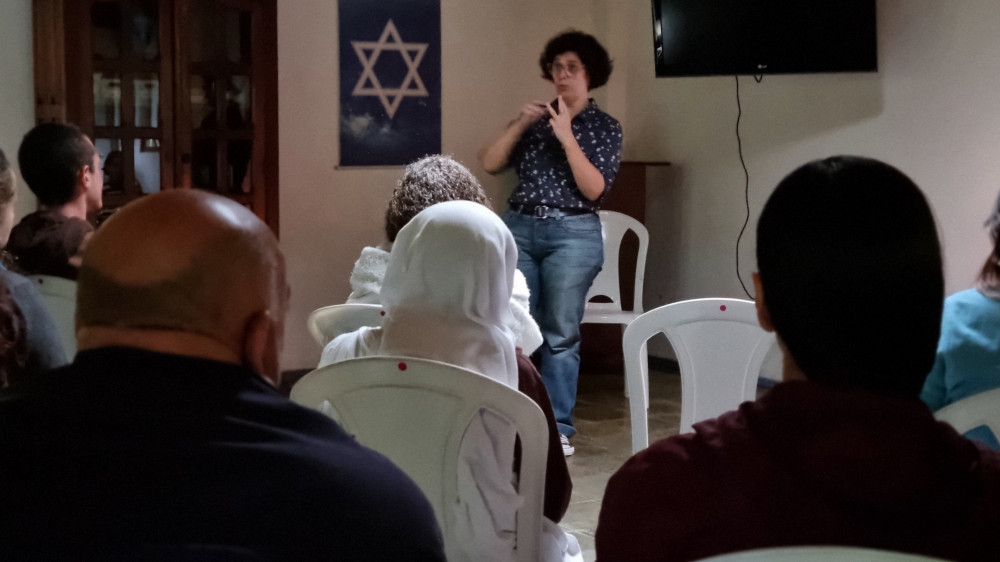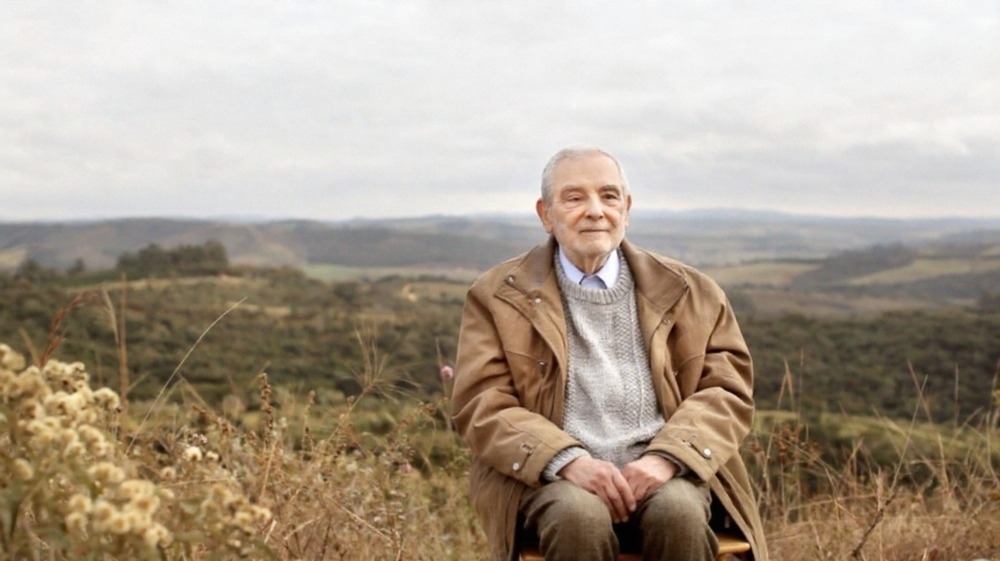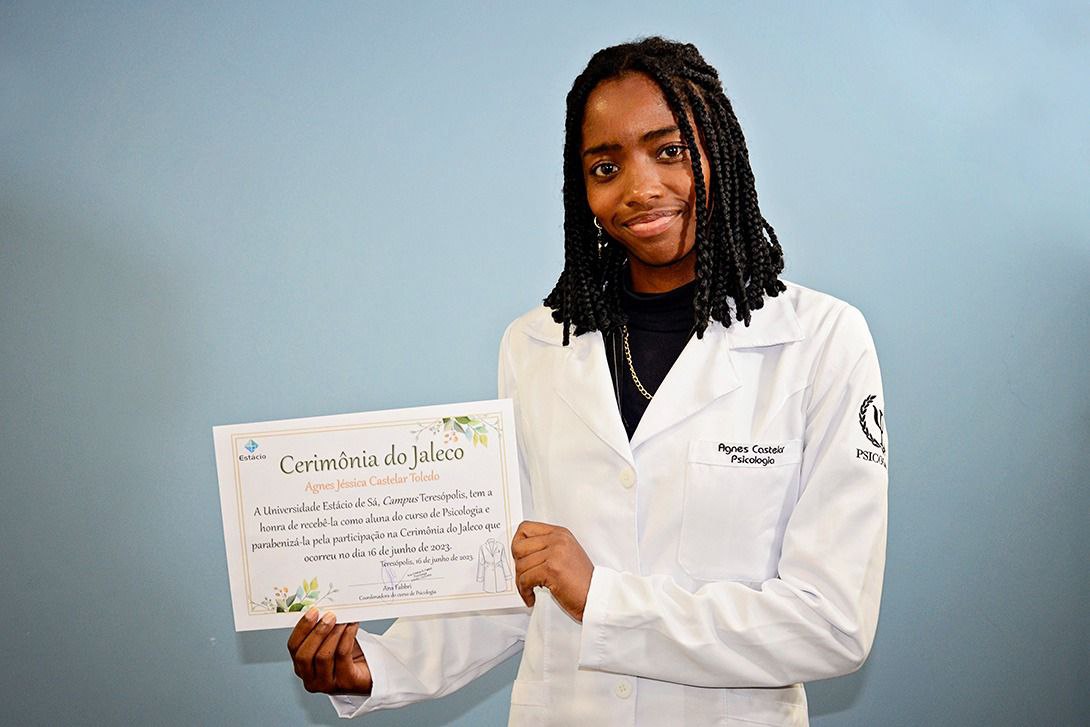The 40-hour Course on Agroecological Practices, carried out in Carmo da Cachoeira in the first fortnight of February, was marked by a dynamic, profound and lively learning process. Promoted by the Casa Luz da Colina,
the project reached young people and benefited the state school of the city with the planting of a vegetable garden, started from scratch.

With a focus on young people, the main objective was to create multipliers in the development of agroecological practices and sustainable solutions, besides encouraging leadership potentials committed to the future of the planet and to the transformation of personal surroundings.
The motivation for the project came from identifying, in the municipality of Carmo, a considerable group of discouraged young people with no prospects for the future, with few opportunities for growth and emancipation. In this sense, agroecology presents itself as a social, economic and environmental ally.
It was on facing this panorama that three institutions came together to combine efforts and make this initiative possible: Casa Luz da Colina, affiliated with the Fraternity – International Humanitarian Federation (FIHF), SENAR MINAS, and the Professor Wanderley Ferreira de Rezende state school.
THE COURSE
Everything occurred in a very intensive way between February 10 and 14. Carefully put together, the program went over theory and practice, eliciting rich and deepening reflections.

Technical visits had an important role in the experiential learning, and took place in spaces of the Figueira Light Community (Terras do Sol and F2), in Casa Luz da Colina itself, in the Godosão neighborhood, and at the place of a small rural producer participating in the course. This made the countryside become a classroom for understanding training in pruning, green manure, agroforestry lines, direct planting of beans, management and fertilization of fruit trees, strawberry greenhouses, among other things.

From the preparation of organic supplies to the planting of the vegetable garden, there was no lack of “hand-on work”. The students learned to prepare Bordeaux mixture and castor oil leaf mixture as a source of nutrients for the plants and as an alternative means for controlling pests and diseases. New horizons were also opened with the biofertilizers of the KNF (Korean Natural Farming), which when obtained through the combined fermentation of certain ingredients, function as a multiplier of soil life. Two kinds were made:

- Fermented fruit juice – with mature bananas and brown sugar
- Soluble Calcium – with roasted egg shells and vinegar
All prepared in a sustainable and simple way.
The teacher, Luís Francisco de Rosa Macedo, more known as Lico – an instructor from SENAR responsible for the training -, provided an open and receptive teaching method, which brought about rich exchanges in the diverse class made up of teachers, young ex-students of the partner school, and rural producers, besides collaborators from the Casa Luz da Colina and the Figueira Light Community. Some were more experienced and active in the technical-environmental process, while others not so much. But,, whether through professional or personal experiences, each person translated their experience into a contribution. According to Lico, it was a synergistic and pleasing meeting.
Diagnosis, planning and implementation
Ana Luisa Castro, one of the organizers of the project, speaks about how the diagnostic process with the school proceeded:
“The rounds of conversation we had with the students of the Technical High School in Agribusiness were important because they were able to reflect on those agroecological practices and how they could go about continuing with the vegetable garden. It was a way of bringing them closer to this building process, where they too could contribute and bring forward their ideas. We carried out the local diagnostic through that dialogue with the students and teachers, also listening to the the school’s headmistress and cooks, so that at the point of planning, there should be a greater alignment with their real needs.”

Casa 1 (one of the service spaces of the Casa Luz da Colina in the city) was the meeting point for the drafting of short term, middle term, and long term plans, which is to say, from the initial implementation of the vegetable garden to the school’s agroecological unit. There, with all the elements on the table, many definitions, exchanges and reflections took place until the final design of the project.

On the second to last day of the course, the agroecological vegetable garden finally began to be born and transform the space designated by the institution. The work continued through the morning of the next day until all the stages had been completed:

– hoeing;
– measuring of the area;
– survey of the 4 beds;
– fertilization;
– installation of the drip irrigation system;
– covering the soil with straw;
– opening the beds to receive the seedlings; and
– the planting.
The first three beds were dedicated to a consortium of vegetables, aromatic and medicinal species: cabbage; parsley; chives; smooth, curly and purple lettuce; eggplant; peppers; rosemary and basil. At the fourth and last bed, the focus was on the planting of the “Milpa” (pumpkin, corn and beans) as an experience on the traditional cultivations of the original peoples of Mesoamerica (once inhabited by various advanced civilizations such as the Mayans, the Aztecs, and the Olmecs. Currently, this corresponds to the region of Mexico, Guatemala, El Salvador, Belize and Honduras).
Vegetable Garden done, first stage completed!
“On Monday the 17th, we had a meeting for presenting the vegetable garden to around 27 second- and third-year students, together with the teachers of the school. They were quite open to continuing with the project, remembering the importance of this space as a space of development for everybody”, Ana Luísa tells us.

WHAT REMAINED
Learning new ways of working the soil and of relating to nature; understanding the needs of plants at the different stages of their life; valuing the organic, sustainable and local way of gardening; recognizing oneself as part of the One Life which beats in everything and everybody. Those were some of the elements present in this course, which taught 10 multipliers in a rich and plural field of knowledge.
The main achievement, meanwhile, was when the group perceived itself to be specially connected and willing to continue together in service to the same purpose: transform the context where they live and give impulse to youths to do that through agroecology and a deeper relationship with nature. It was clear that this week was just the seed for something greater.

“Working with young people has always affected me a lot, and in this course, it was more so. To see that inner treasure which each one has, that genuine and sincere search with another being; they sincerely look to that other being. And the service of being there, ready to take care of that treasure was what most affected me.” – Natali, participant in the course.
When asked about the message he would like to leave for the youths, Lico responded: “The importance of the environment . The vital importance! It’s not something that is also important. No. It’s vital. It’s about survival!”






